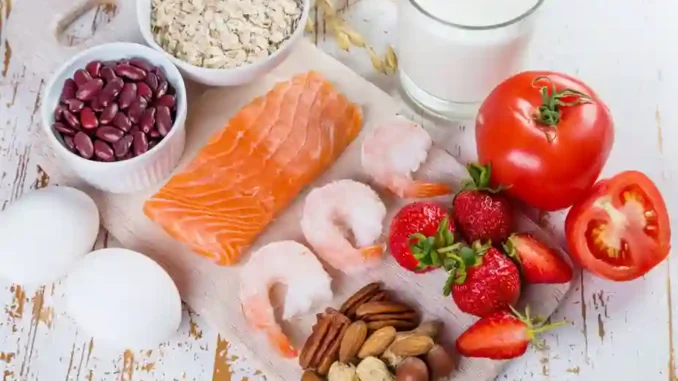
The sports enthusiast does not go on holiday and even in the summer his muscles will ask him not to be neglected. Training during the summer is not easy and we often find ourselves faced with walls of fatigue, which we try to overcome with difficulty. Tiredness, chronic fatigue, loss of strength, and above all cramps are the symptoms that accompany us after a hard workout. In particular cramps, which represent an involuntary and tenacious contraction of a muscle that does not relax.
These sharp and very intense pains can affect any skeletal muscle that we control with our will (excluding the heart muscle). The muscles that straddle two joints are the most vulnerable to cramps and can involve a single muscle or a group of muscles.
Why do we frequently suffer from cramps in summer?
There can be many causes, although the most common ones are represented by:
- stretching performed sporadically and incorrectly;
- muscle fatigue anticipated by hard and long training;
- excessive release of heat produced by intense muscle contraction;
- dehydration and depletion of mineral salts (for example: potassium and magnesium) due to excessive sweating caused by the increase in seasonal temperature. In particular, sweat, which drains body fluids and with it mineral salts, produced and lost in excessive quantities can cause a muscle to spasm. In these cases, an aspect that should not be underestimated during training, especially in summer, is the preparation of the body and the recovery of water and mineral salts in particular.
It is advisable to constantly hydrate before, during and after training with adequate amounts of water and carbohydrate-saline solutions.
What fatty foods will help make your blood better?
Which foods should you prefer to cope with summer training?
The foods that must not be missing before, during and after a training session must be:
- water (with a fixed residue between 500-1500 mg/l , therefore prefer non-carbonated and medium mineral waters)
- foods rich in mineral salts (especially sodium and potassium) such as green leafy vegetables, broccoli ;
- walnuts, almonds, cashews ;
- among cereals: barley, oat bran, brown rice, whole wheat ;
- all milk derivatives ;
- among fruit: bananas, raisins and figs ;
- among the drinks: cocoa and coffee .
The simplest way to evaluate fluid loss during prolonged physical activity and in a hot environment is to weigh the subject several times during training.
Leave a Reply